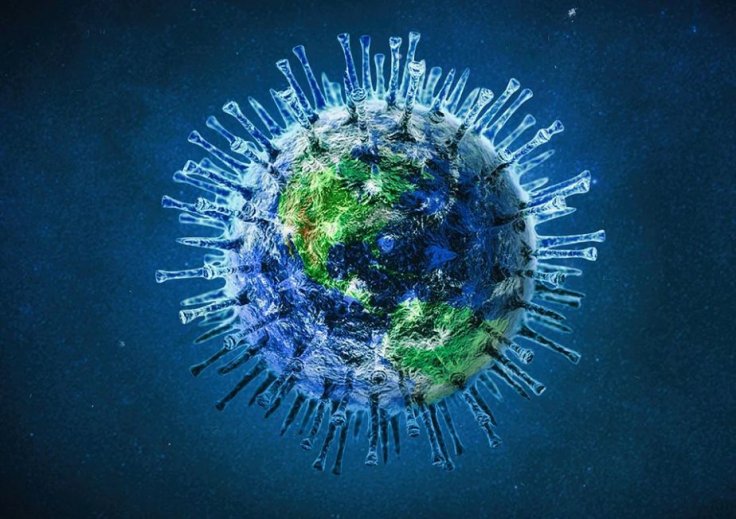Calling for unprecedented measures to defeat COVID-19, researchers from the University of California, San Francisco have said that asymptomatic transmission of SARS-CoV-2 has made controlling the spread of the disease all the more difficult.
SARS-CoV-2 is the virus that is responsible for COVID-19 which has so far affected 2.9 million people in the world and killed over 200,000.
Controlling the disease, therefore, requires testing of even asymptomatic cases in different population settings such as prisons, enclosed mental health facilities, homeless shelters, hospitalised inpatients and other congregate living situations, the researchers argued in an editorial published in the The New England Journal of Medicine (NEJM) on April 24.
"Ultimately, the rapid spread of Covid-19 across the United States and the globe, the clear evidence of SARS-CoV-2 transmission from asymptomatic persons, and the eventual need to relax current social distancing practices argue for broadened SARS-CoV-2 testing to include asymptomatic persons in prioritised settings," wrote the authors Monica Gandhi, Deborah S. Yokoe and Diane V. Havlir.
Asymptomatic cases around the world

The authors also argued that these factors support the case for the general public to use face masks when in crowded outdoor or indoor spaces.
In India, the Union Health Ministry on April 20 said that 80 per cent of the COVID-19 cases are either asymptomatic or with mild symptoms.
When Covid-19 burst onto the global scene, public health officials thought deploying interventions that were used to control severe acute respiratory syndrome (SARS) in 2003 might yield similar results.
These strategies included symptom-based case detection and subsequent testing to guide isolation and quarantine.
In their editorial at NEJM, the researchers from University of California, San Francisco pointed out that there are differences in transmission and spread of SARS-CoV-1 and SARSCoV-2.
SARS was controlled within 8 months after SARS-CoV-1 had infected about 8100 persons in limited geographic areas.
In contrast, SARS-CoV-2 has infected much more people within five months, the researchers pointed out, adding that it is spreading around the world even now very rapidly.
"A key factor in the transmissibility of Covid-19 is the high level of SARS-CoV-2 shedding in the upper respiratory tract, even among presymptomatic patients, which distinguishes it from SARS-CoV-1, where replication occurs mainly in the lower respiratory tract," the authors wrote.
"Viral loads with SARS-CoV-1, which are associated with symptom onset, peak a median of 5 days later than viral loads with SARS-CoV-2, which makes symptom-based detection of infection more effective in the case of SARS CoV-1," they added.









